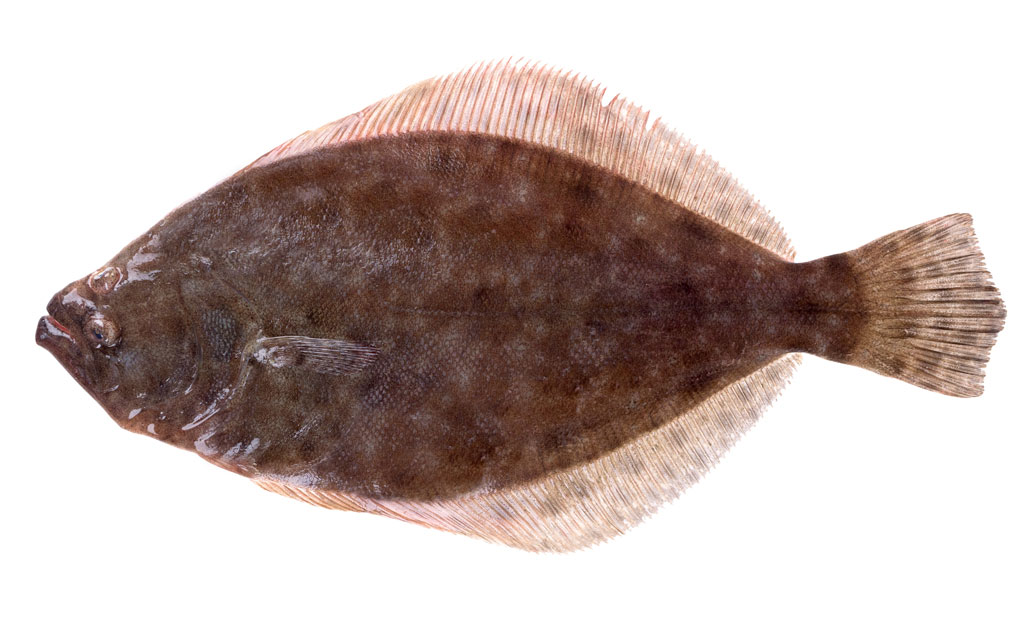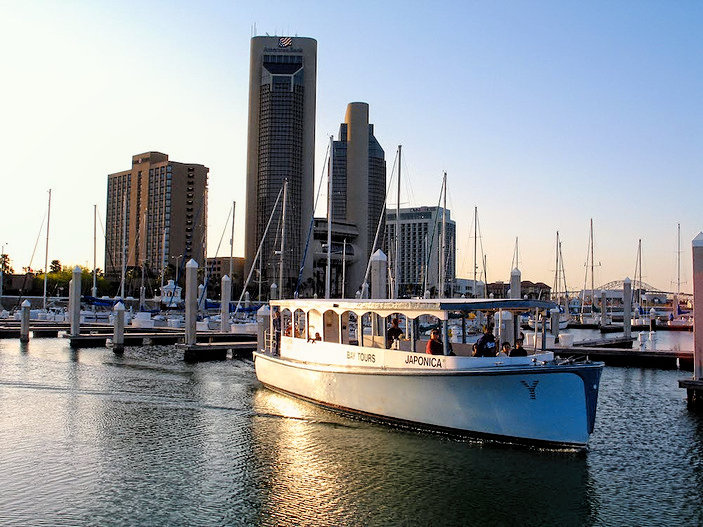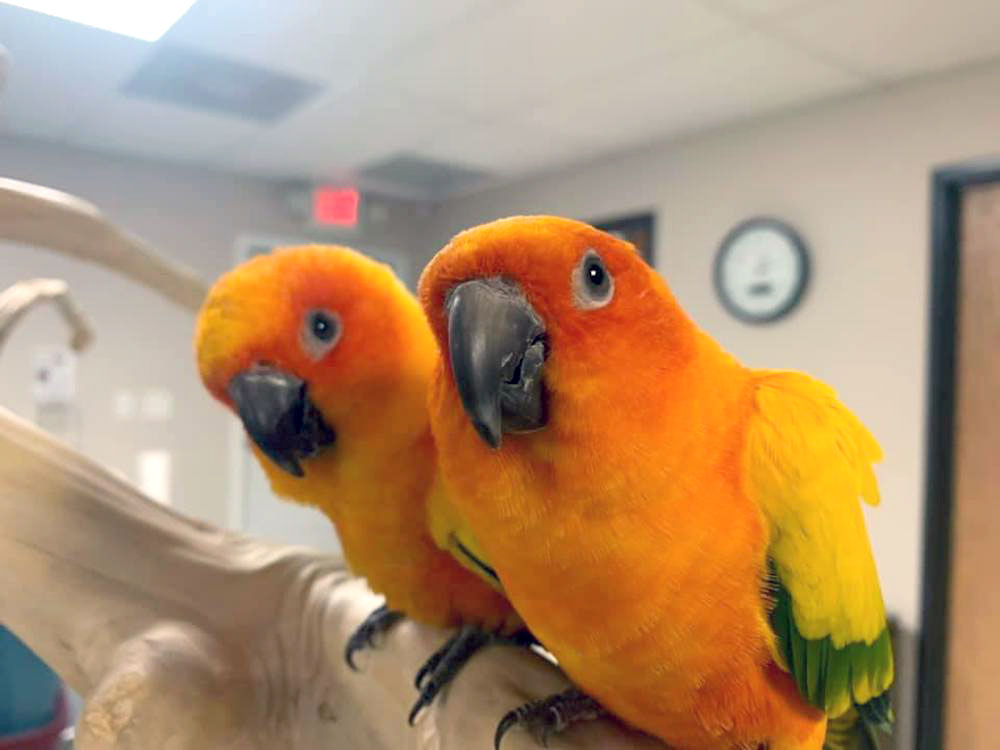
Female endangered Kemp’s ridley sea turtles nest on the Padre Island National Seashore. The eggs are harvested by a division of the park to protect them and released as hatchlings to increase their life expectancy. Photo courtesy of PINS
Help is on the way for the endangered sea turtles at Padre Island National Seashore. An additional $300,000 in federal funding has been allocated to the park for research into survival rates, resource use, and a disease that affects the island’s Kemp’s ridley sea turtle.
Padre Island National Seashore has seen a decline in turtle nesting on the Coastal Bend. The funding includes $200,000 earmarked for a three-year project to determine survival rates and resource use patterns of the endangered sea turtle.
Leaders at the Division of Sea Turtle Science and Recovery hope to investigate potential causes of the species’ decline. The funding comes from the U.S. Geological Survey, which provides science support to bureaus in the U.S. Department of the Interior and other federal agencies.
"I know firsthand how much the Kemp’s ridley sea turtle means to Texans and the pride we feel with stakeholders and partners about such magnificent animals,” said PINS Superintendent Eric Brunnemann. “It is my sincere hope that the funding we are announcing today, along with our efforts to increase seasonal staffing in place of overtime, will reassure the public that we have every intention of strengthening our sea turtle program moving forward.”
The National Park Service approved the remaining $100,000 for another three-year project to research the emerging incidence of fibropapillomatosis, a wildlife disease, in Kemp’s ridley sea turtles. Turtles with this disease have external tumors that can grow so large and hang as to hamper swimming, vision, and feeding.
“Padre Island National Seashore is the most important nesting beach in the U.S. for the endangered Kemp’s ridley sea turtle, and we’re excited to continue working with Donna Shaver and the National Park Service as we analyze their long-term data on nesting females,” said Kristen Hart, a research ecologist and lead USGS scientist on the project.
A review of the park’s Division of Sea Turtle Science and Recovery in June 2020 outlined goals to strengthen its mission, clarify its priorities, and expand opportunities for shared stewardship.
Questions were raised at this review, based on the reviewers and the environmental analysis.
The review limited Dr. Shaver, chief of the sea turtle division, from applying for additional grant money in the future, and silenced her from speaking with the media.
Thousands of residents and visitors attend the yearly release of hatchlings at the park, held for the first time in two years in the summer of 2021.





